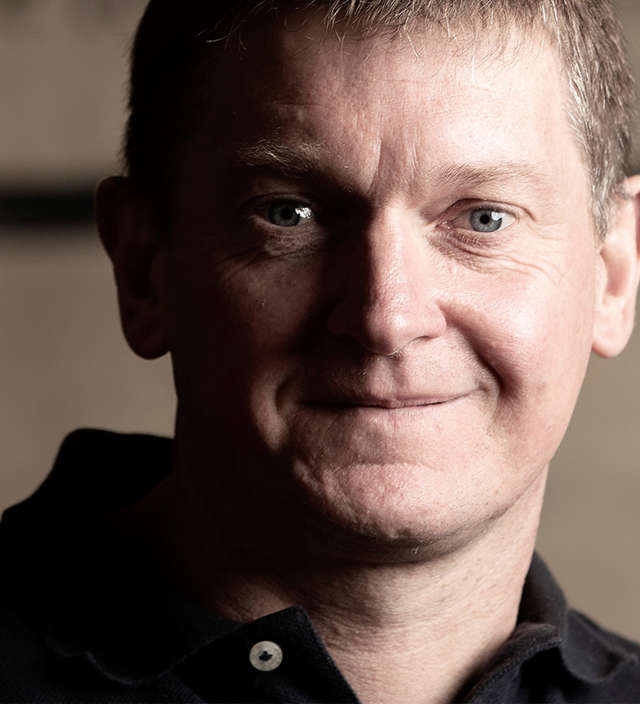Owner and winemaker of Rieslingfreak, John Hughes’ love of Riesling began with a childhood spent in the family vineyard in Penwortham, in the heart of the Clare Valley. In 1998, the family purchased another vineyard in White Hut, just north of the Clare township, and John’s future was sealed.
John’s father, Richard, was responsible for his early interest in wine, sharing many exceptional aged Clare Valley Rieslings with him, and developing John’s appreciation for the grape. As he grew up, John’s interest led him to discover Rieslings from around the world, fuelling his passion for the variety.
John spent 10 years working at the Australian Wine Research Institute, gaining valuable experience in technical winemaking, while also studying at Adelaide University. On completion of his studies, John travelled through the wine regions of France and Italy to expand his global knowledge of wine. Upon returning to South Australia, John took on the role of Production Winemaker for a renowned Barossa winery.
Ultimately, it was time for John to be true to his love of Riesling and start his own company. The first vintage of Rieslingfreak was in 2009, with a Clare Valley Riesling. Since then, the label has slowly expanded to include vineyards in Eden Valley and Polish Hill River. Together with several traditional dry wines, he also makes Riesling in off dry, Kabinett, fortified and sparkling styles.
“Rieslingfreak is all about my passion for Riesling. Growing up on an old Riesling vineyard in the Clare Valley, and having my old man’s cellar full of aged Rieslings from throughout the world, started my appreciation of the Riesling grape at a young age,” says John.
“I earned the nickname ‘Riesling Freak’ during my university days, as it was always my beverage of choice. My love of this grape and its enormous diversity of styles has never waned, so when I started by own label, there was really only one thing I could call it.”
Rieslingfreak is made with the philosophy of representing the hallmarks of a single variety and looking at a number of regions and styles. The number on the label represents not only the area in which the fruit was grown, but also the style in which the Riesling is made.

















